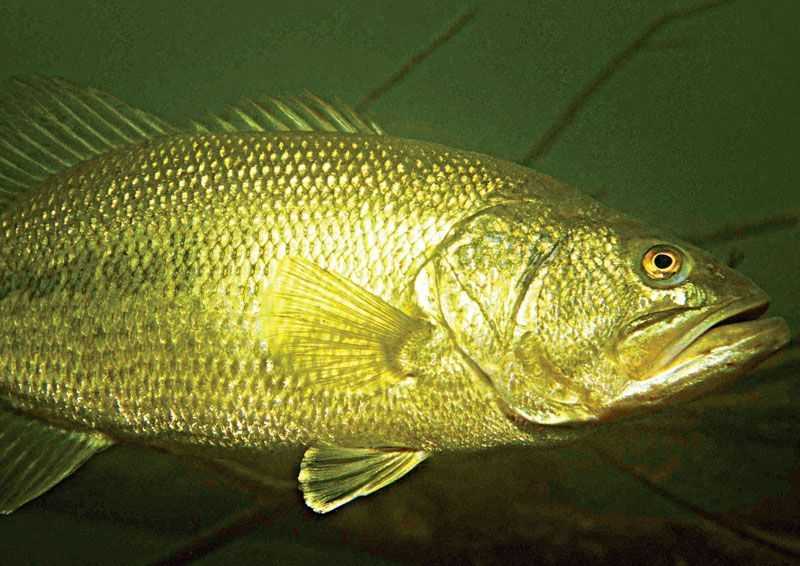
By: Joey Monteleone & Bridgett Howard
Cast after cast, and no fish. Invariably anglers look at each other and say what they’re thinking, “No fish here, let’s move.” One of the most misunderstood aspects of bass fishing is the size of the strike zone. Natural influences play a large part in the positioning of bass and their range of movement to eat. There exists a popular misconception that bass will move a great distance to “attack” a moving target.
Consider the lifestyle of bass and other gamefish. There is a high mortality rate for fry due to predation and, in some cases, cannibalization. Out of every thousand bass that hatch, only two make it to 2 pounds. Bass are always in survival mode. Return on investment is critical to all wild things. If a predator has to chase something a great distance to ingest it, it could be a losing proposition. Simply stated, if the bass extracts less energy than it took to catch the food, the fish actually loses energy, not a good scenario.
What creates the size of the strike zone? Essentially there are two determining factors: water color and temperature. Because bass and many other species feed predominately by sight, water color plays a role in feeding frequency and efficiency. All species of bass possess a highly developed sense of sight. Clear water makes it easier to see food and also to detect flaws in an angler’s presentation. Stained or muddy water does the opposite. The odds for the angler increase under certain conditions using certain baits.
Water temperature also plays a key role. Water temperatures ranging from the mid 50s to the high 80s are relatively comfortable for the fish, allowing them to eat and digest at a faster pace. On the other side of the spectrum, cold or extreme heat slows them down. Add muddy water and a high current flow, and the game changes. Bass will “hunker down” (a southern technical term), and the strike zone can be drastically reduced. In these conditions, bass move slowly and will find a comfortable spot to stay put.
Take heart, though, a change in baits, tactics and retrieve will help you to boat a few bass even in tough conditions. Lures that can be held in the zone for an extended period of time create the best chance of success. With assistance from the angler, suspending hard-plastic jerkbaits, crankbaits, jigs and spinners can all cure the smaller strike zone situation. Smaller lures and slower retrieves are highly desirable. The more drastic the conditions, the slower the bait should move. Baits with rattles and bright colors offer increased appeal to the senses. Couple all these factors with casting accuracy to minimize the need for the fish to move, and you’re in business.
Learn to recognize the strike zone and what affects it and you are well on your way to your limit of fish and fun.
Joey Monteleone for decades has unlocked the secrets of boating big bass. As a Jackson Kayak Fishing Team member you can follow him at Facebook.com/fishinjoey
Bridgett Howard is an avid angler and a member of the Jackson Kayak Fishing team. Find her at Facebook.com/TenncreekBridges
[easy-social-share]